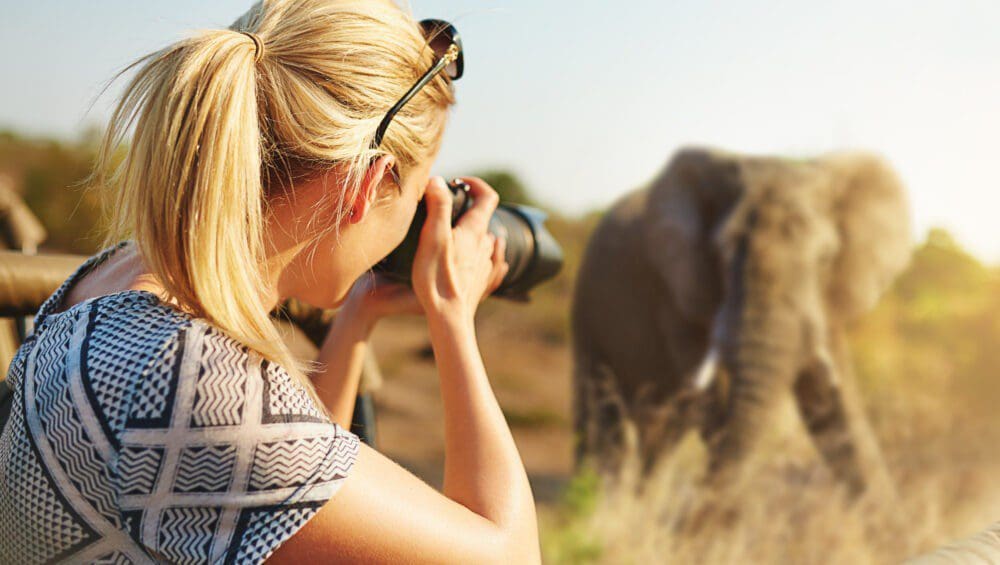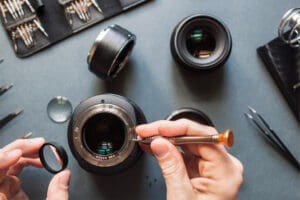
The Top 7 Tips to Perfect Your Wildlife Photography
Capturing the beauty and essence of wildlife through photography is a rewarding and awe-inspiring pursuit. However, wildlife photography can be a challenging endeavour, requiring patience, skill, and an understanding of animal behaviour. In this blog post, we will share seven valuable tips that will help you improve your wildlife photography and increase your chances of capturing stunning images of animals in their natural habitats. Whether you’re a beginner or an experienced photographer, these tips will take your wildlife photography to the next level.
Research and Preparation
Before heading out into the wild, it’s essential to conduct thorough research and prepare adequately. Familiarize yourself with the species you wish to photograph, their habitats, behaviours, and preferred times of activity. This knowledge will help you anticipate their movements and increase your chances of being in the right place at the right time. Additionally, prepare your camera gear, including telephoto lenses, extra batteries, memory cards, and any necessary accessories, ensuring that you’re fully equipped to capture the wildlife you encounter.
Patience and Observation
Patience is a virtue in wildlife photography. Spend time observing the animals and their surroundings, taking note of theirbehaviourss, interactions, and patterns. Understanding their habits will allow you to predict their movements and anticipate photographic opportunities. Avoid rushing and be prepared to wait for the perfect shot. Patience also means being respectful and allowing the animals to behave naturally without causing stress or disruption.
Composition and Background
Composition plays a crucial role in wildlife photography. Focus on creating visually pleasing images by utilizing the rule of thirds, leading lines, and framing techniques. Pay attention to the background and ensure it doesn’t distract from the main subject. A clean and uncluttered background will make your subject stand out and add depth to your photographs. Experiment with different angles, perspectives, and focal lengths to capture unique and compelling compositions.
Use Appropriate Camera Settings
Mastering your camera settings is essential for wildlife photography. Use a fast shutter speed to freeze motion and capture sharp images of animals in action. Choose a wide aperture to achieve a shallow depth of field, emphasizing the subject while blurring the background. Adjust your ISO to achieve the right exposure without introducing excessive noise. Additionally, consider using continuous autofocus mode to track moving subjects and burst mode to capture a series of shots, increasing your chances of capturing the perfect moment.
Focus on the Eyes and Emotions
The eyes are the windows to the soul, even in the animal kingdom. When photographing wildlife, ensure that the eyes are in sharp focus and well-lit. The eyes convey emotion and create a connection between the viewer and the subject. Look for unique expressions, intense gazes, and moments that convey the personality orbehaviourr of the animal. Capturing these moments will result in compelling wildlife photographs that evoke a sense of intimacy and intrigue.
Lighting and Golden Hour
Lighting can make or break a wildlife photograph. Aim to shoot during the golden hour, which occurs shortly after sunrise and before sunset when the light is soft, and warm, and casts beautiful, golden hues. The low angle of the sun creates long shadows and adds depth to your images. Avoid shooting in harsh midday sunlight, as it can lead to high contrast and unflattering images. Experiment with backlighting and side lighting to create dramatic effects and highlight the textures and details of your subjects.
Respect and Ethical Considerations
Respect for wildlife and their habitats should always be a top priority. Maintain a safe distance from the animals to avoid causing stress or altering their behaviour. Never disturb nests, dens, or breeding grounds, and adhere to local regulations and guidelines. Avoid using bait or lures that could harm or alter the natural behaviour of the animals. Remember, the welfare of the animals comes first, and capturing a great photograph should never come at their expense.
Perfecting your wildlife photography skills takes time, practice, and a deep appreciation for the natural world. By following these seven tips, you’ll be on your way to capturing breathtaking images of wildlife in their natural habitats. Remember to be patient, observe, and respect the animals and their environment. Every encounter with wildlife is a privilege, and through your photography, you can share their beauty and inspire others to appreciate and protect our precious wildlife. So, grab your gear, venture into nature, and let your passion for wildlife photography soar with our tips and cameras you will be able to capture those important moments those one-in-a-lifetime shots, that will be frozen in time forever.











